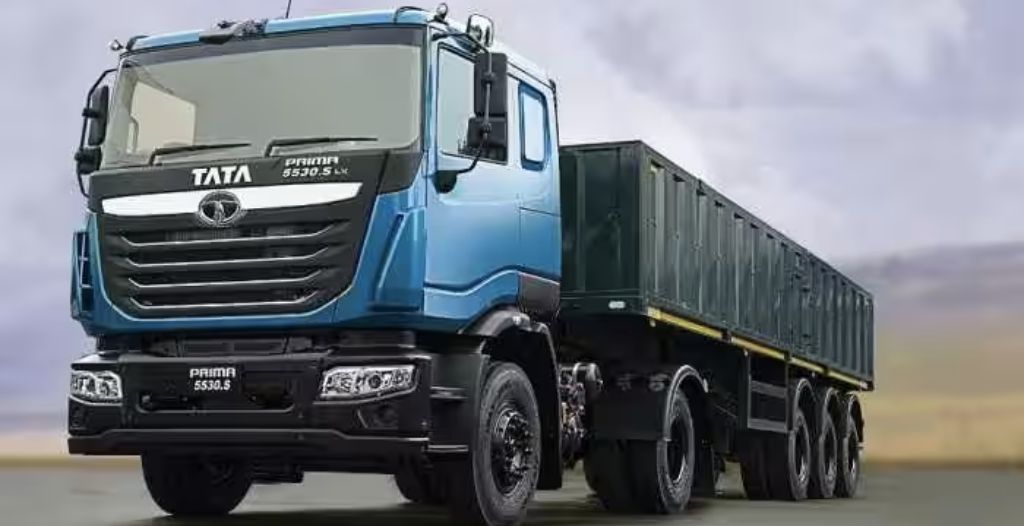The trucking industry in India is a crucial backbone of the economy, facilitating the movement of goods across the vast country. However, it faces numerous challenges including outdated vehicles, driver fatigue, and inadequate infrastructure. In response, the Indian government has introduced several initiatives aimed at improving the state of the trucking sector. Here’s a detailed look at these initiatives:
[I] Vehicle Scrapping Policy
The Vehicle Scrapping Policy, introduced by the Indian government, aims to phase out old and unfit vehicles from the roads. This policy is crucial for reducing pollution and improving road safety. Trucks older than 15 years are being targeted under this policy, encouraging owners to scrap their outdated vehicles and purchase new, more efficient ones. The policy also offers financial incentives and rebates for scrapping old trucks, making it economically feasible for truck owners to upgrade their fleets.
More details can be found on the Ministry of Road Transport and Highways (https://morth.nic.in) website.
[II] LNG and Electric Trucks
To combat environmental pollution and reduce dependency on fossil fuels, the government is promoting the use of LNG (Liquefied Natural Gas) and electric trucks. LNG trucks produce significantly lower emissions compared to diesel trucks, making them a cleaner alternative. The government is also investing in infrastructure for electric vehicles, including charging stations along major highways. Incentives and subsidies are being provided to manufacturers and buyers to encourage the adoption of these greener alternatives.
Information on these initiatives can be found on the Ministry of Petroleum and Natural Gas (https://mopng.gov.in) and Ministry of Heavy Industries (https://heavyindustries.gov.in) websites.
[III] Air Conditioning in Trucks
Recognizing the harsh working conditions faced by truck drivers, the government has initiated programs to mandate air conditioning in new trucks. This move aims to enhance the comfort and well-being of drivers, reducing fatigue and improving overall safety on the roads. By making air conditioning a standard feature, the government hopes to attract more individuals to the profession, addressing the chronic shortage of truck drivers in India.

More details can be found on the [Ministry of Road Transport and Highways](https://morth.nic.in) website.
[IV] AIS140 GPS Tracking Mandatory for Trucks
The Automotive Industry Standard 140 (AIS140) mandates the installation of GPS tracking devices in all commercial vehicles, including trucks. This initiative aims to improve road safety, enhance operational efficiency, and reduce the risk of cargo theft. The GPS devices enable real-time tracking of vehicles, ensuring better route management and timely deliveries. This regulation also assists in monitoring driver behavior, promoting safer driving practices.
Details about AIS140 can be found on the Ministry of Road Transport and Highways (https://morth.nic.in) website.
Driver Resting Centers
To address the issue of driver fatigue, the government is establishing Driver Resting Centers along major highways. These centers provide safe and comfortable resting places for truck drivers, equipped with essential amenities such as clean restrooms, food courts, and medical facilities. By offering designated resting spots, the government aims to reduce accidents caused by driver fatigue and improve the overall health and well-being of truck drivers. Information can be found on the [NHAI](https://nhai.gov.in) website.
Driver Training Programs
The government is investing in comprehensive training programs for truck drivers, focusing on enhancing their skills and knowledge. These programs cover various aspects of driving, including safety protocols, efficient driving techniques, and basic maintenance skills. By providing standardized training, the government aims to professionalize the trucking industry, ensuring that drivers are well-equipped to handle the demands of their jobs.
Details can be found on the Ministry of Skill Development and Entrepreneurship (https://msde.gov.in) website.
Health and Social Programs for Drivers
Recognizing the health and social challenges faced by truck drivers, the government has launched several health and welfare programs. These include regular health check-ups, access to medical facilities, and insurance schemes. Social programs aim to improve the living conditions of drivers and their families, offering educational and financial support. These initiatives are designed to create a more supportive environment for truck drivers, acknowledging their crucial role in the economy.
Information can be found on the Ministry of Labour and Employment (https://labour.gov.in) website.
Other Programs
In addition to the above initiatives, the government is working on improving road infrastructure, developing dedicated freight corridors, and implementing advanced technology solutions like telematics and IoT (Internet of Things) for better fleet management. These efforts are aimed at creating a more efficient, safe, and sustainable trucking ecosystem in India.
Details on these programs can be found on the Ministry of Commerce and Industry (https://commerce.gov.in) website.
The Indian government’s multifaceted approach to improving the trucking industry addresses both the operational and welfare aspects of trucking. Through policies promoting newer, greener vehicles, enhancing driver comfort and safety, and providing better infrastructure and training, these initiatives are set to transform the trucking landscape in India. By fostering a more professional and sustainable industry, the government aims to ensure the long-term growth and efficiency of the trucking sector, which is vital for the nation’s economic development.






